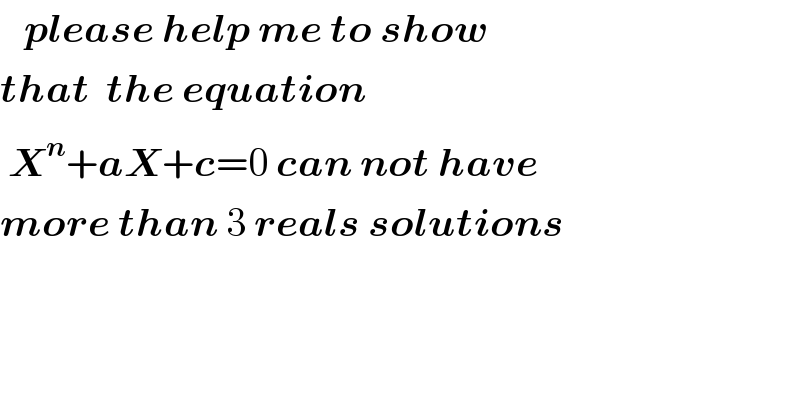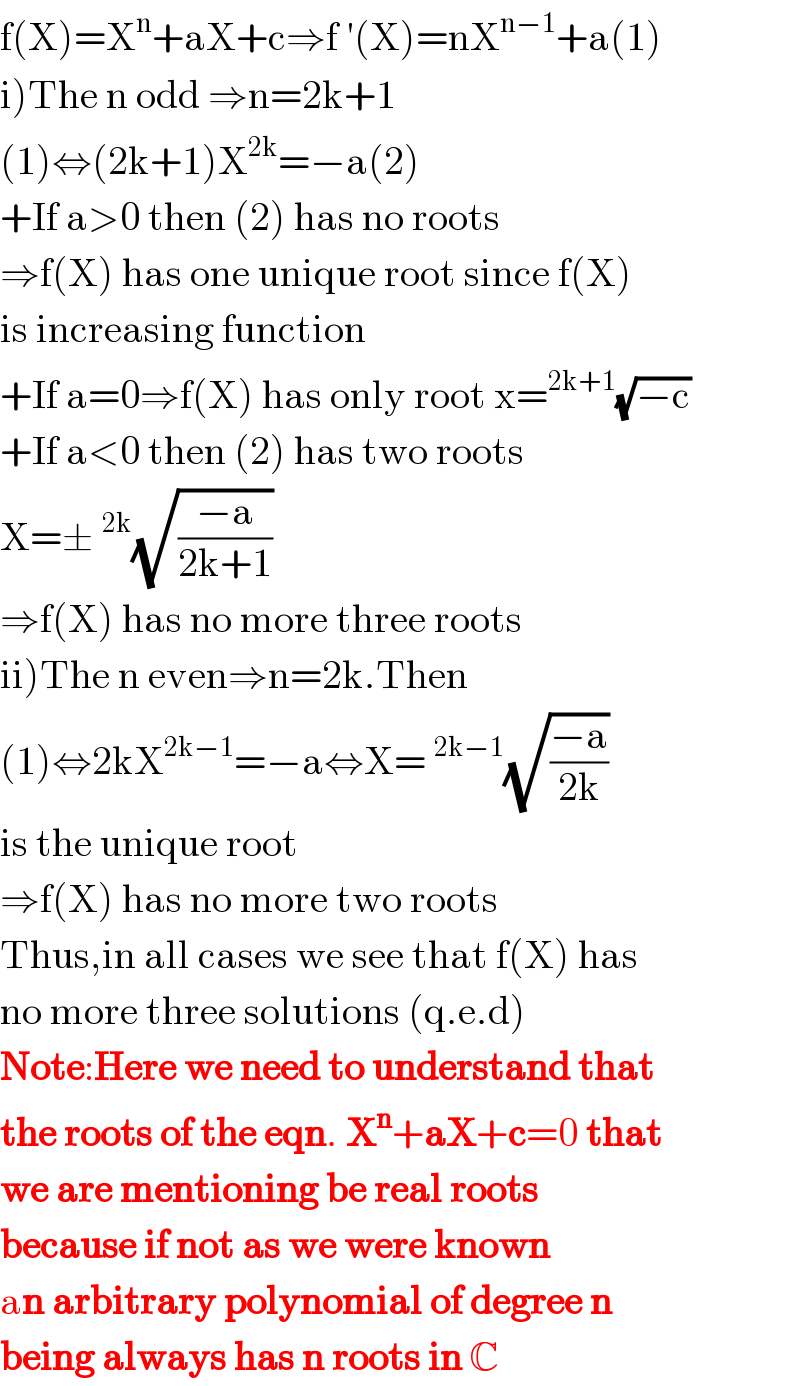
Question and Answers Forum
Previous in Permutation and Combination Next in Permutation and Combination
Question Number 106815 by pticantor last updated on 07/Aug/20

Answered by 1549442205PVT last updated on 07/Aug/20

| ||
Question and Answers Forum | ||
Previous in Permutation and Combination Next in Permutation and Combination | ||
Question Number 106815 by pticantor last updated on 07/Aug/20 | ||
 | ||
Answered by 1549442205PVT last updated on 07/Aug/20 | ||
 | ||
| ||